
The city grew
initially as a market town
with specialism
within the woollen trade.
During and after
the Industrial Revolution,
the city became
a major industrial centre,
with mining
(mostly coal, limestone and iron ore)
as well as production
of steel, japanning,
locks, motorcycles
and cars .
(Wolverhampton
- Wikipedia, the free encyclopedia)
|
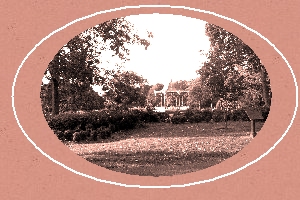
|
Historically
a part of Staffordshire,
and forming
part of the metropolitan county
of the West
Midlands from 1974,
the city is
commonly recognised
as being named
after Lady Wulfruna,
who founded
the town in 985
|
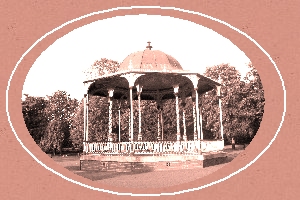
|
|

WEST
PARK

|
Parks
and Gardens of Special Historic Interest: English Heritage
maintains a list of Parks and Gardens of Special Historic Interest. This
is not a statutory list and has no direct legal effect in preserving historic
parks and gardens. But, as English Heritage says, the function of the register
is "to draw attention to important historic gardens and parks as an essential
part of the nation's heritage. If their existence is not widely enough
known, they could all too easily be overlooked, for example in plans for
new development". In the case of West Park - whose actual existence is
pretty widely known - the register acts to draw attention to the fact that
West Park is valuable not just as a recreational area but also as part
of the heritage.
( Wolverhampton
History & Heritage Website )
|
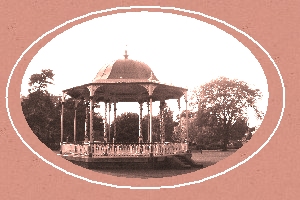 |
|
|
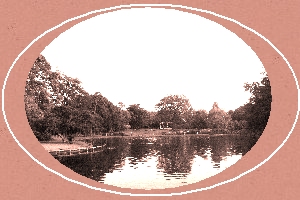
English Heritage's list
describes the park as follows:
"Designed
by R H Vertegans and laid out 1879-81, opened to the public 1881. 8 entrance
gates and railings c.1880, statue of Sir Charles Pelham Villiers 1878 by
William Theed the younger, and Clock Tower 1883, both near the centre of
Park. Bandstand c.1883 to west. Conservatory by Gibbs 1897 to north of
lake.
"West Park
is roughly oval in form, and is bounded by Park Road East and Park Road
West. Paths from 4 of the 8 entrance gates converge on a central area,
with a circular parterre. The northern half of the park contains a lake,
nipped at the centre, and crossed at this point by a bridge. The east and
west sections of the lake each contain [sic] an island. Wildfowl collection.
Perimeter path and serpentine walks link main features of interest. Numerous
mature trees. Extensive rose garden. Tennis courts to east. Southern area
of Park more open. Parked noted since inception for remarkable displays
of seasonal and tapestry bedding".
( Wolverhampton
History & Heritage Website )
|
|
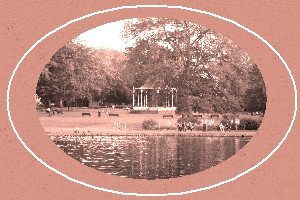
|
The
Bandstand
"The Builder",
in 1882, reported that the bandstand "was inaugurated with considerable
demonstrations on Whit-Monday". The drawing shows its original state, before
it was "greatly enlarged" sometime before 1901...
...The
enlargement of 1901 clearly consisted of the addition of the outer set
of (plain) columns and seems to have included replacing the stone base
with a brick one...
...But no music
was played here for many years. The roof was off, the floor was rotten.
Now the bandstand is fully restored. There is music in the park again,
with bands playing on summer Sunday afternoons
( Wolverhampton
History & Heritage Website )
|

Manufacturer : McDowall, Steven
& Co Ltd
Foundry : Milton Ironworks
Glasgow
Historical notes : No 10 bandstand
at Wolverhampton
referred to in McD,S cat c1920
...
Restored by Dorothea restorations
in 2002.
( Scottish
Ironwork - Listing Details )
|
|


